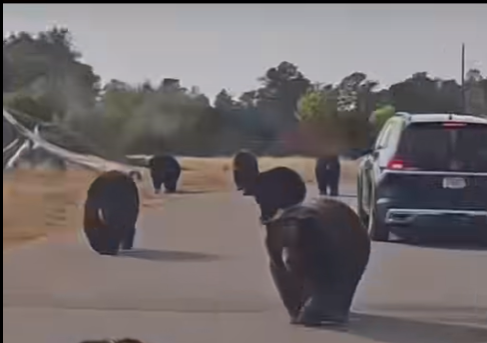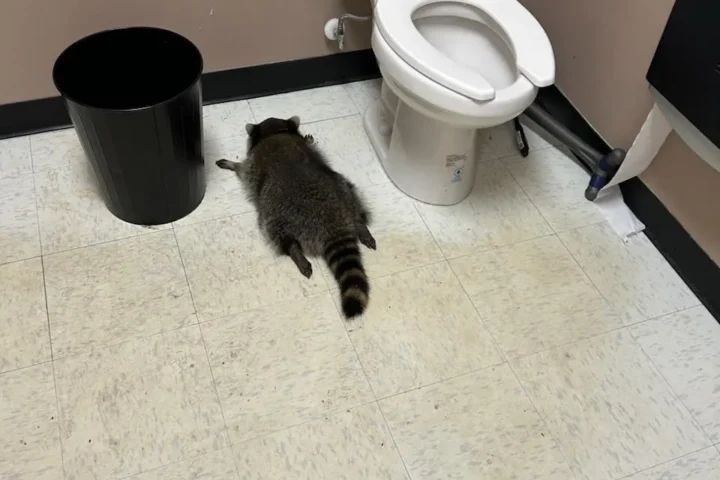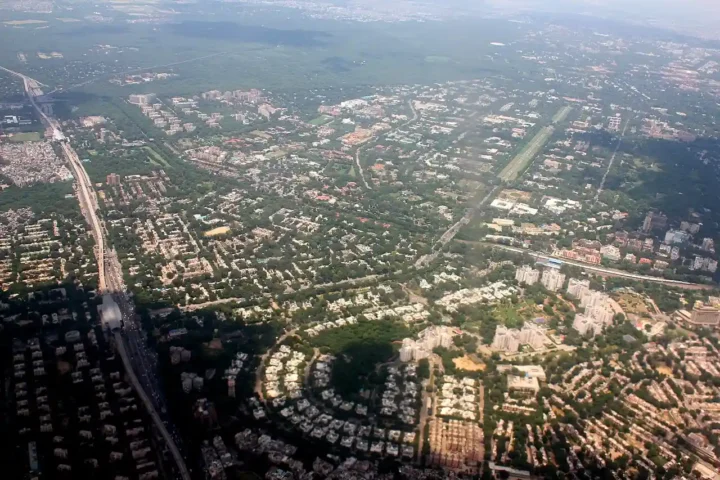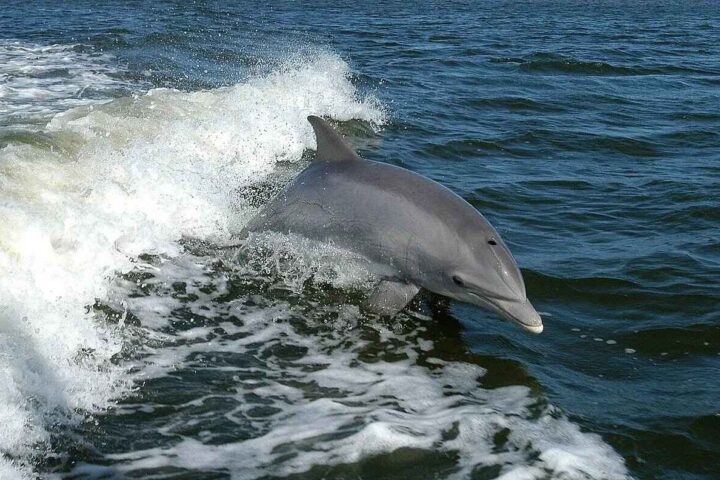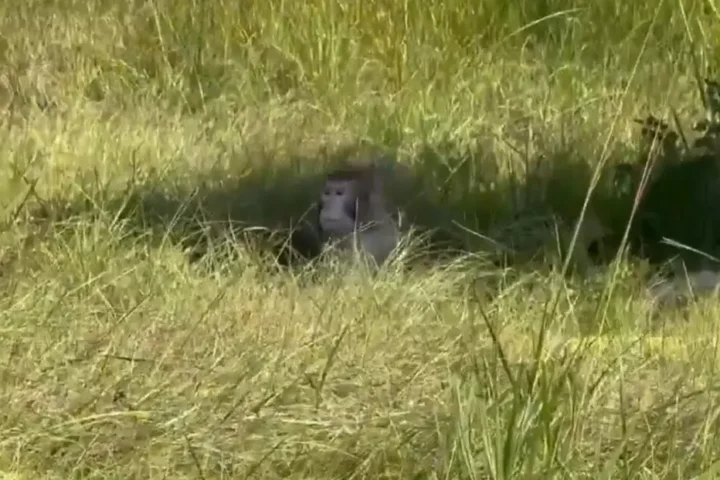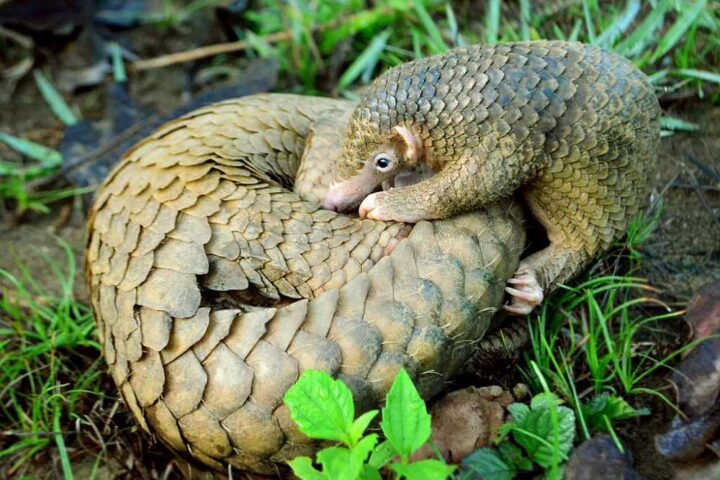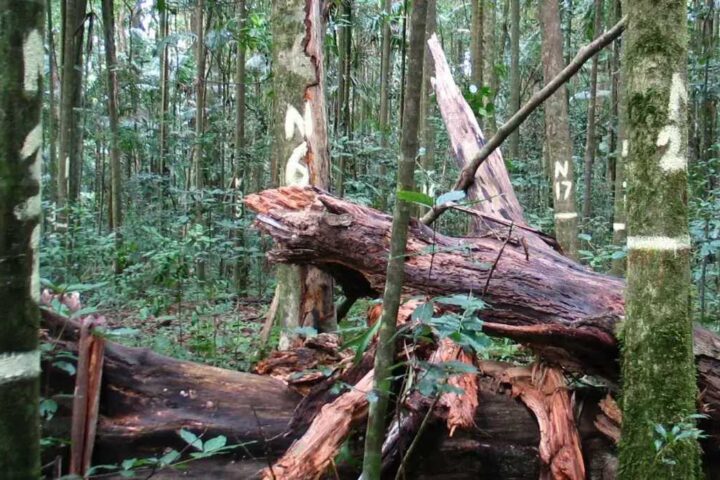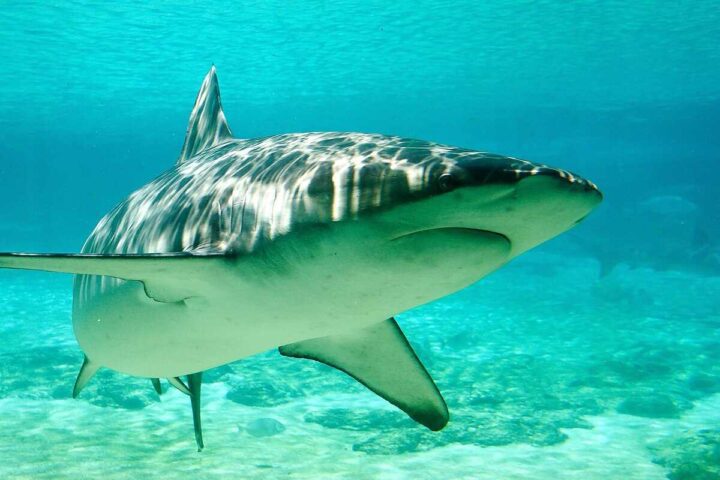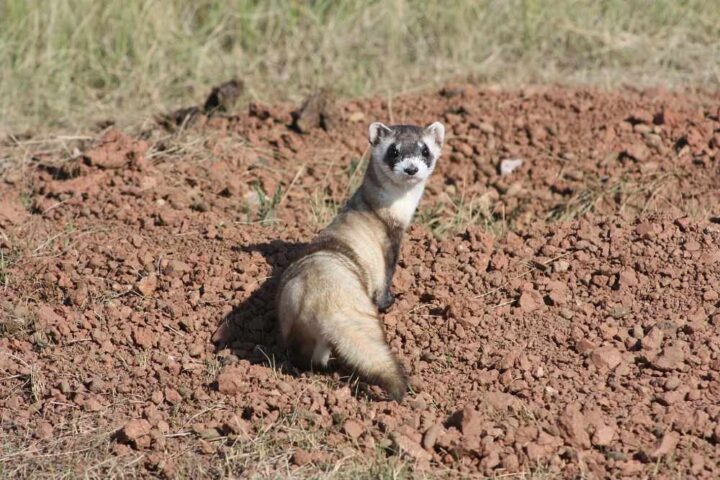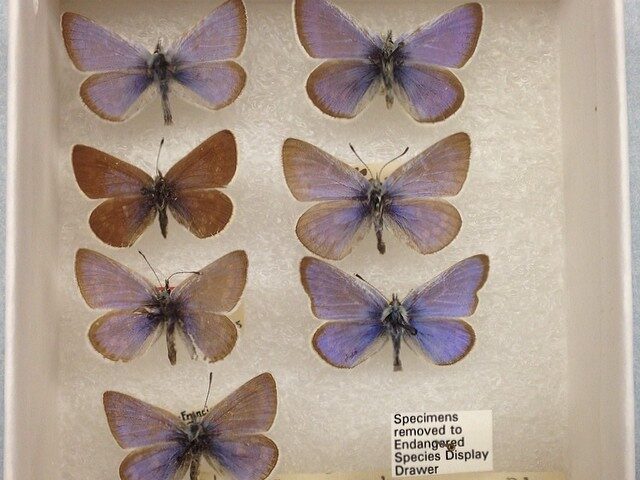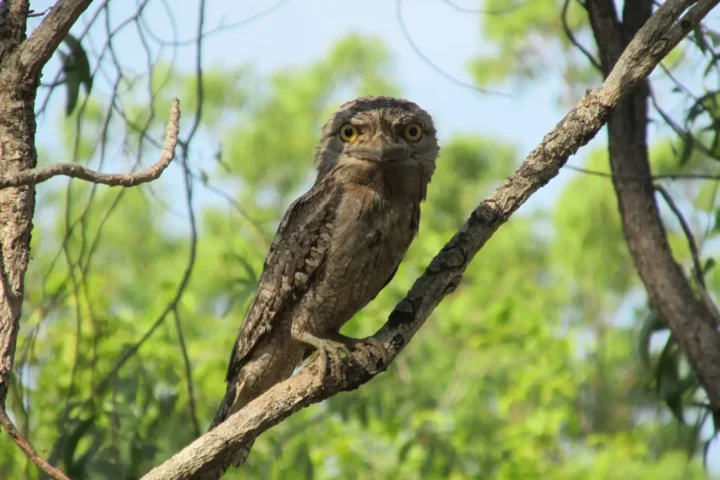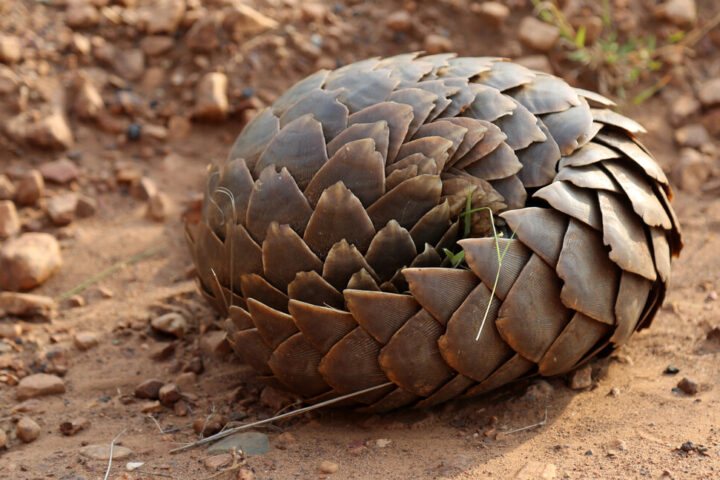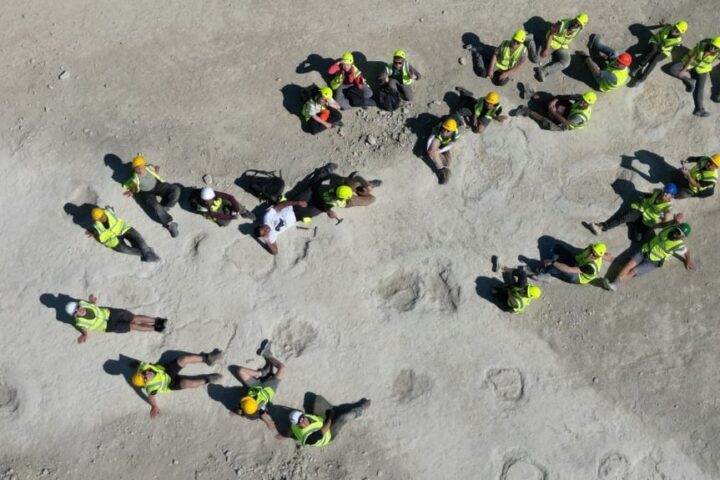A line of grizzly bears walking down a paved road sparked millions of worried comments this month. The viral video, shared widely as evidence that animals were “fleeing” Yellowstone ahead of a supervolcano eruption, reached over 16 million views. But the furry procession wasn’t signaling impending disaster—just dinnertime at a South Dakota wildlife park.
The Video’s Real Origin
The footage first appeared on TikTok on January 16, 2025, posted by user @michelleijohn with hashtags #bearcountry and #rapidcity. Six months later, in July 2025, a user named Scott Whitehead reshared it, adding his own narration claiming these bears were “leaving Yellowstone” to escape brewing volcanic danger.
Fact-checkers at Snopes traced the original footage to Bear Country USA, a 195-acre drive-through wildlife park near Rapid City, South Dakota—about 400 miles from Yellowstone National Park. The bears weren’t fleeing anything; they were simply responding to a scheduled feeding, a routine occurrence at the park.
What Wildlife Experts Say
Bill Hamilton, wildlife biologist at Washington & Lee University who has studied Yellowstone ecology for 20 years, explains: “While wildlife ebbs and flows with seasons, large-scale summer migration is rare. Herd sizes on roads are typically less than 1% of total.” (Good Morning America, 2025)
Tom Murphy, a wildlife photographer with 50 years of experience in Yellowstone, adds: “Bison and elk may seek cooler or less buggy areas in summer, but they don’t mass-exit the park en masse.” (KVNU News, 2025)
The National Park Service directly addressed the rumors. Linda Veress, NPS spokesperson, stated plainly: “Wildlife is not leaving Yellowstone NP in large numbers. This rumor is false.” (Good Morning America, 2025)
Yellowstone Volcano Status: All Clear
According to the latest update from the U.S. Geological Survey (USGS) and Yellowstone Volcano Observatory from July 1, 2025, the volcano’s status remains at “NORMAL” with an Aviation Color Code of “GREEN.” Their monitoring networks track seismic activity, ground deformation, and gas emissions—all showing typical background readings.
During June 2025, only 60 small earthquakes were recorded in the Yellowstone region, with the largest being a magnitude 2.7 event on June 4 near West Yellowstone, Montana. These numbers represent normal background activity for the area according to the USGS Volcano Updates report (USGS, July 1, 2025).
The last major Yellowstone eruption occurred approximately 640,000 years ago (the Lava Creek eruption). Scientists estimate the next caldera-forming eruption wouldn’t happen for roughly 2 million years based on the pattern of past eruptions, which occurred at intervals of about 700,000-800,000 years (USGS, 2025).
By The Numbers: Yellowstone Wildlife
Looking at actual wildlife patterns helps put these claims in perspective:
- Yellowstone’s bison herd was estimated at 5,400 animals in pre-calving 2024, according to National Park Service data (National Park Service, 2025)
- Typical winter road crossings involve only about 40 individuals (less than 1% of the herd) (Good Morning America, 2025)
Similar Posts
- Grizzly bear population in the Greater Yellowstone Ecosystem is approximately 1,030 according to the most recent scientific assessment using the new integrated population model (WyoFile, 2024)
The Diet of Yellowstone’s Bears
Grizzlies in Yellowstone follow seasonal feeding patterns. In spring, they consume winter-killed carrion, grasses, and sedges. Summer brings berries, roots, and insects including army cutworm moths, which bears can consume at rates of up to 40,000 per day in alpine areas (National Park Service, 2025).
Fall is a critical time when bears feed heavily on whitebark pine seeds, which they dig from red squirrel caches. These seeds are especially high in fat (about 52% by weight) and protein (21%), helping bears prepare for winter hibernation (Whitebark Pine Ecosystem Foundation, 2022). Research shows that in good cone crop years, Yellowstone bears feed almost exclusively on these pine seeds in autumn, obtaining one-quarter to two-thirds of their net digested energy from this source (Whitebark Pine Ecosystem Foundation, 2022).
Unlike the viral video’s suggestion of synchronized migration, grizzlies are typically solitary animals. They only gather in groups when abundant food (like spawning fish or feeding stations in wildlife parks) brings them together temporarily (National Park Service, 2025).
How To Spot Wildlife Misinformation
When videos like this circulate, experts recommend these verification steps:
- Run key video frames through reverse image search tools like Google Lens
- Check the original upload date against when the claim emerged
- Look for geographical clues—does the landscape match official park features?
- Consult trusted sources like the National Park Service or USGS
The Ripple Effects of Nature Myths
False wildlife rumors can have real consequences. They divert attention from genuine conservation needs and can erode public trust in scientific monitoring. When real warnings come from park officials or geological agencies, previous false alarms might make people less likely to heed important safety information.
The Truth About Yellowstone’s Bears
Yellowstone’s approximately 1,030 bears aren’t packing their bags. Their movements follow seasonal food availability and natural behaviors. Grizzlies are solitary by nature, rarely traveling in groups unless abundant food (like the feeding station at Bear Country USA) brings them together temporarily.
The next time you see wildlife behaving “strangely” online, take a moment before hitting share. The bears in South Dakota are doing fine—and so is Yellowstone’s ecosystem.
